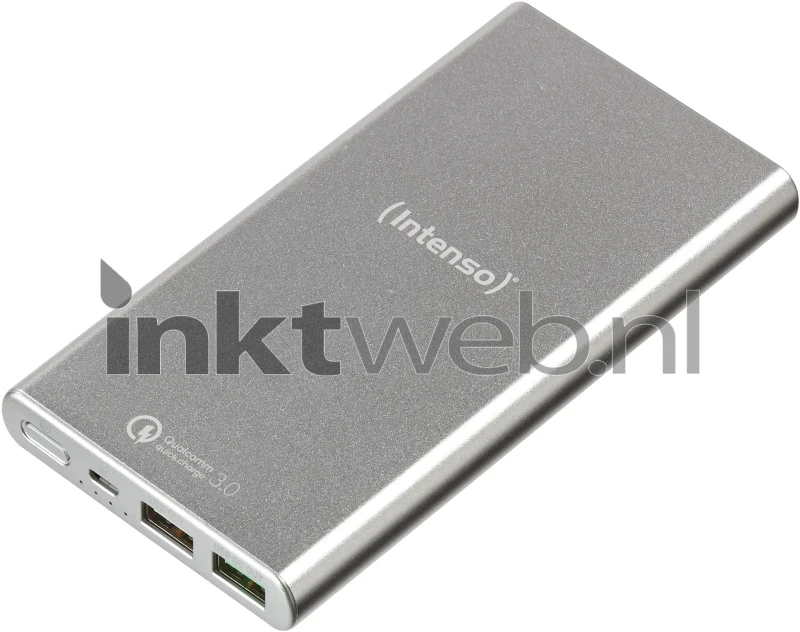
In water, in order for silver ions to become stable they are associated with negative ions, called ligands. Silver is a transition metal that has positively charged ions. In water, as in biological systems, the chemical complexity of the constituent elements of the medium determines the properties of Ag. The dissociation rate depends on the chemical and surface properties, the size of the particles, and the surrounding environment. The silver Ag + ions come from the dissociation of different salts and from the surfaces of the oxidized silver nanoparticles. In one of the works the silver ion complex, Ag +, was examined with amino acid using hybrid density functional theory at the B3LYP/DZVP level. Some theoretical and experimental studies on amino acids and silver ions have been performed by other authors.
#Ag charge silver free
In another experimental and theoretical study, the authors calculated the Gibbs free energies of the complexes formed between Ag + ions, Ag atoms, and two-atom Ag clusters with the amino acid’s various functional groups. Previous works have shown that Ag 2S nanoclusters (NCs) exhibit highly efficient antiviral activity when using the porcine epidemic diarrhea virus (PEDV) as a coronavirus model. The interactions of amino acids with Ag + 3 clusters serve as catalytic models of Ag nanoparticles. Silver nanoclusters have also been studied due to interactions between Ag + 3 NC with Cys and Gly and Ag NCs with Trp and His. Several studies suggest that AgNPs have presumed antiviral properties. AgNPs studies have demonstrated this potent antiviral action against various human pathogenic viruses such as Respiratory syncytial virus (RSV), Influenza virus, Norovirus, Hepatitis B virus (HBV), and Human immunodeficiency virus (HIV). Several authors have studied the potential antiviral actions of AgNPs against various human viruses, including those that cause respiratory diseases. In nanomedicine, the use of metal nanoparticles as drug carriers that can accumulate close to target cells and have an excellent therapeutic effect is well established.

Those materials have the potential for antimicrobial action against various bacteria, fungi, and viruses. Silver nanoparticles (AgNPs) have been studied due to their great potential for applications such as targeted drug delivery carriers because of their antiviral and antibacterial properties.

There is a decrease in Gibbs free energy from the amino acid-Ag + interactions immersed in a water solvation simulator. The negative values of the Gibbs free energies show that the interaction process between amino acids-Ag + in both media occurs spontaneously. Calculations related to the occupied orbitals of higher energy showed that Ag + has a tendency to interact with the nitrile groups (-NH). The amino acid-Ag + systems were investigated in a gaseous medium and a simulated water environment was described with a continuum model (PCM) the calculations were performed within the framework of density functional theory (DFT). We investigated the spontaneous interaction between amino acids and silver ions (Ag +), considering these ions as a virucide chemical agent for SARS-CoV-2. Due to the urgency in fighting the virus, we study five residues of free amino acids present in the structure of the SARS-CoV-2 spike protein (S). That implies that you won't have two electrons in the 5s orbital, since one will be kept in the lower 4d orbitals.The world has face the COVID-19 pandemic which has already caused millions of death. The thing to remember here is that in silver's case, the 4d orbitals will be completely filled. Now do the same for the 4d and 5s orbitals This means that you will have to switch the 3d orbitals on one hand, and the 4s and 4p orbitals on the other. Now, for the energy level #n#, the d-orbitals that belong to the #(n-1)# energy level are lower in energy than the s and p orbitals that belong to the #n# energy level. So, here's how silver's electron configuration would look if it followed the Aufbau principle to the letter

Now, you have to be a little careful with silver because it is a transition metal, which implies that the occupied d-orbitals are actually lower in energy than the s-orbitals that belong to the highest energy level. This tells you that a neutral silver atom will have a total of #47# electrons surrounding its nucleus. Silver, #"Ag"#, is located in period 5, group 11 of the periodic table, and has an atomic number equal to #47#.


 0 kommentar(er)
0 kommentar(er)
